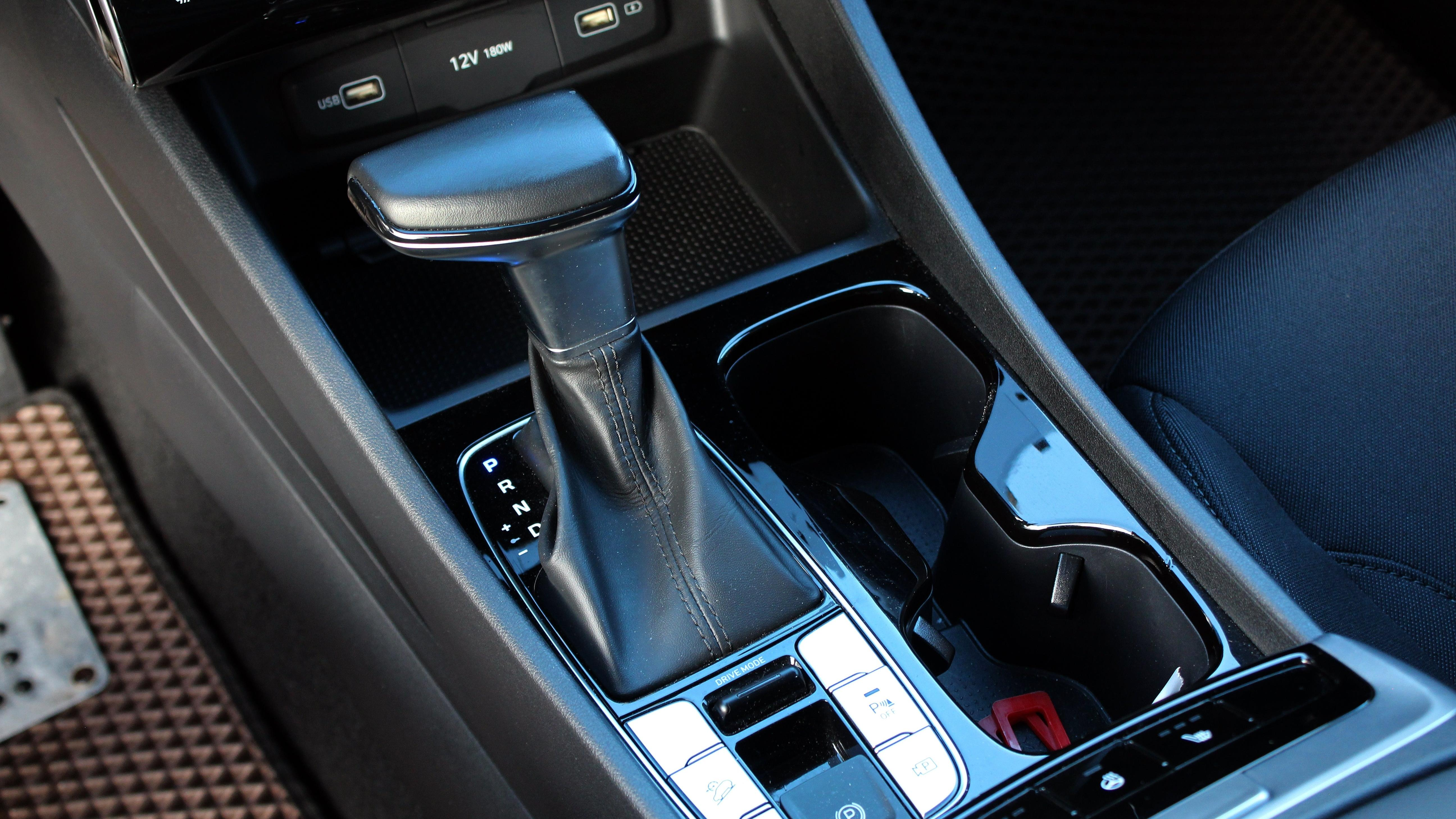Common Mistakes That Are Destroying Your Car's Automatic Transmission
If you're treating automatic transmission fluid like blinker fluid, you're on a path that leads to problems
Manual drivers are constantly thinking about the state of our transmissions. Clutches, bushings, and synchros all wear out, and we adjust our inputs to ensure their preservation. Automatic gearboxes, though, insulate you from the mechanical goings-on between your engine and wheels — but that doesn't mean they're immune to damage. In fact, you may already be killing yours.
Traditional torque-converter automatic transmissions — if you don't have a fancy dual-clutch, a modern continuously-variable box, or a Ferrari, this is almost certainly what you have — can be hurt in plenty of ways. Big mistakes like throwing the shifter into reverse on the highway are obvious, but there are subtler ways to hurt your transmission.
The big enemy of torque-converter automatics is heat. Transmissions may not love to operate when they're cold, but they really don't like getting too hot. The transmission experts over at TCI Auto explain:
The ideal operating temperature for automatic transmission fluid is between 175 and 225° F. At approximately 240° F, important additives in the ATF begin to cook. The result is the formation of varnish inside the transmission. At approximately 260° F, internal transmission seals (which are typically manufactured from a polyacrylate material) begin to harden. The end results are leaks, both internal and external, simply because the seals lose their elasticity. At approximately 295° F, transmission clutch plates begin to slip because the oil is breaking down further. At approximately 315° F, seals and clutches effectively burn out. Carbon forms in the oil and for all intents and purposes, the transmission is junk. Just for your information, a typical transmission will die within 2000 miles if subjected to 300° F+ heat.
You're probably not holding a blowtorch to your transmission as you drive (if you are, stop that), so the key is avoiding driving habits that build up that heat. Hard acceleration is the real killer here, though other high-load activities like towing beyond your car's rating can be just as hurtful. Take it easy.
Your transmission, like your hair, has another big killer besides excess heat: Dryness. Transmissions don't like running low on fluid, and many people forget to ever check theirs — if they even know how. Running low on transmission fluid can cause overheating, grinding, and premature failure, so it's worth learning your car's service calendar. Remember that making lots of short trips counts as a severe condition, and warrants extra maintenance. Maintenance schedules vary by manufacturer, but a good rule of thumb is every 60,000-100,000 miles.
The most common transmission killer, though, might be something that seems innocuous: Getting impatient with your shifts in a parking lot. We've all gone from reverse to drive, or the inverse, without letting the car fully come to a stop in between. Doing this causes far more wear on the transmission's internals than you feel from your seat, and doom your gearbox to an early grave. Pause, take a breath, and have some patience next time you start the odyssey home from Target.
When dealing with automatic transmissions, a little mechanical sympathy goes along way. Humans don't like being hot, dehydrated, or shoved fore and aft without time to settle — why would your gearbox? Think about life from your transmission's point of view once in a while, it'll thank you in the long run. We can't all be doing mad-dash one-night transmission rebuilds.
